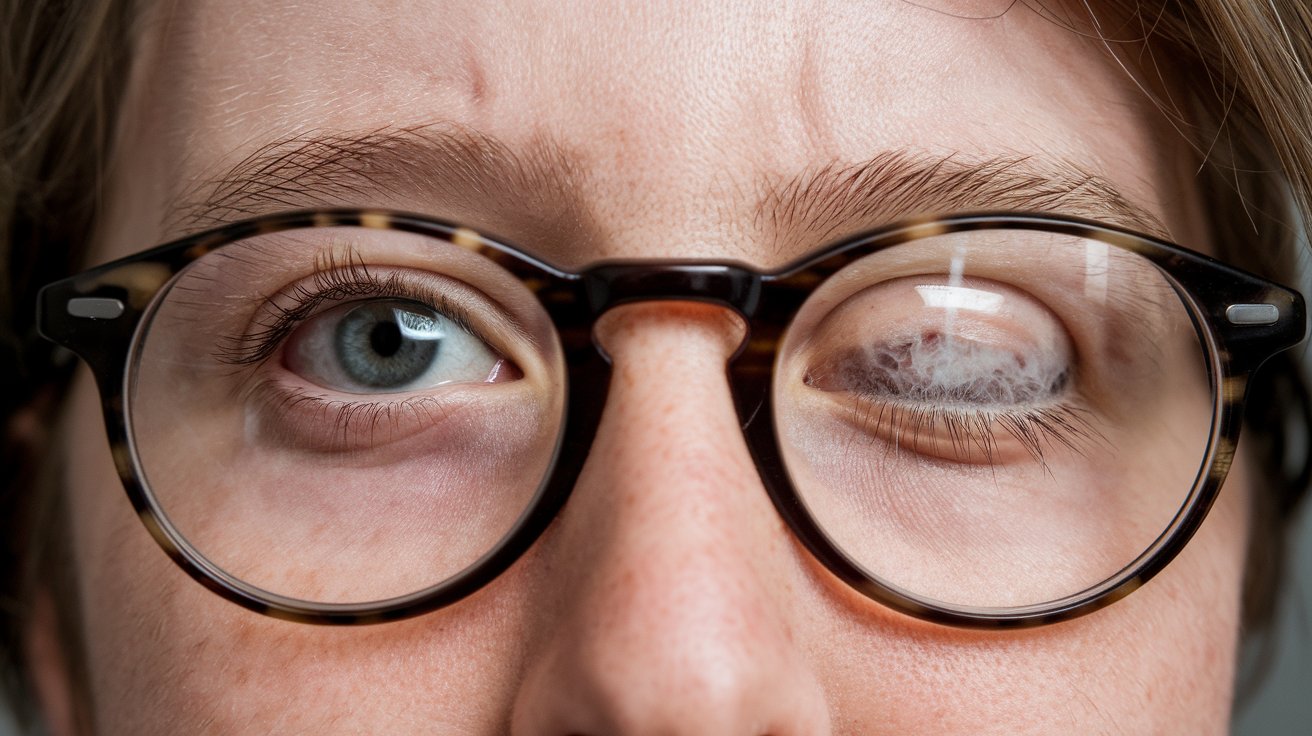
Optic Atrophy Ophthalmoplegia Ptosis Deafness Myopia might sound like a mouthful, but understanding it can be simpler than you think. This rare condition affects multiple parts of the body, primarily the eyes and ears. Optic atrophy means the optic nerve is damaged, leading to vision loss. Ophthalmoplegia involves weakness or paralysis of the eye muscles, making it hard to move the eyes. Ptosis is the drooping of the upper eyelid, while deafness indicates hearing loss. Lastly, myopia refers to nearsightedness. These symptoms can significantly impact daily life, but knowing more about them can help manage the condition better. Let's dive into 25 facts that will shed light on this complex disorder.
Key Takeaways:
- Optic Atrophy Ophthalmoplegia Ptosis Deafness Myopia is a complex condition affecting vision and hearing. It can be caused by genetic mutations, trauma, infections, and autoimmune diseases, leading to symptoms like vision loss, double vision, and hearing loss.
- While there is no cure, treatments like glasses, surgery, medications, and physical therapy can help manage symptoms and improve quality of life for those with Optic Atrophy Ophthalmoplegia Ptosis Deafness Myopia. Regular monitoring and supportive therapies are essential for overall well-being.
Understanding Optic Atrophy Ophthalmoplegia Ptosis Deafness Myopia
Optic Atrophy Ophthalmoplegia Ptosis Deafness Myopia is a complex condition involving multiple symptoms affecting vision and hearing. Let's break down some intriguing facts about this condition.
-
Optic Atrophy is the damage to the optic nerve, leading to vision loss. It can result from various causes, including genetic disorders, trauma, or diseases.
-
Ophthalmoplegia refers to the paralysis or weakness of the eye muscles. This can cause difficulties in eye movement and double vision.
-
Ptosis is the drooping of the upper eyelid. It can affect one or both eyes and may be present at birth or develop later in life.
-
Deafness in this context often refers to sensorineural hearing loss, which is due to damage to the inner ear or the nerve pathways from the inner ear to the brain.
-
Myopia, or nearsightedness, is a common vision condition where close objects appear clear, but distant ones are blurry. It occurs when the eye shape causes light rays to bend incorrectly.
Causes and Risk Factors
Understanding the causes and risk factors can help in managing and potentially preventing this condition.
-
Genetic Mutations are a significant cause. Mutations in specific genes can lead to the development of these symptoms.
-
Mitochondrial Disorders can also be a cause. These disorders affect the energy-producing structures in cells, leading to symptoms like optic atrophy and deafness.
-
Trauma to the head or eyes can result in optic atrophy and ophthalmoplegia.
-
Infections such as meningitis or encephalitis can damage the optic nerve and other cranial nerves, leading to these symptoms.
-
Autoimmune Diseases like multiple sclerosis can cause optic atrophy and ophthalmoplegia due to inflammation and damage to the nerves.
Symptoms and Diagnosis
Recognizing the symptoms and getting a proper diagnosis is crucial for managing the condition effectively.
-
Vision Loss is a primary symptom of optic atrophy. It can range from mild to severe and may progress over time.
-
Double Vision is a common symptom of ophthalmoplegia. It occurs because the eyes cannot move together properly.
-
Drooping Eyelid (ptosis) can affect vision by partially or completely covering the pupil.
-
Hearing Loss can vary from mild to profound and may affect one or both ears.
-
Blurry Distance Vision is a hallmark of myopia. It often starts in childhood and can worsen with age.
-
Eye Pain or discomfort can occur, especially if the condition is due to an underlying disease or trauma.
-
Headaches may accompany vision problems, particularly if double vision is present.
-
Difficulty with Eye Movements can make tasks like reading or driving challenging.
Treatment and Management
While there is no cure, various treatments and management strategies can help alleviate symptoms and improve quality of life.
-
Glasses or Contact Lenses can correct myopia, improving distance vision.
-
Surgery may be necessary for ptosis to lift the drooping eyelid and improve vision.
-
Medications can help manage underlying conditions like autoimmune diseases or infections that contribute to the symptoms.
-
Hearing Aids or cochlear implants can improve hearing for those with deafness.
-
Physical Therapy for the eyes can help improve muscle strength and coordination in cases of ophthalmoplegia.
-
Regular Monitoring by healthcare professionals is essential to track the progression of symptoms and adjust treatments as needed.
-
Supportive Therapies such as counseling and support groups can help individuals and families cope with the emotional and psychological impact of the condition.
Final Thoughts on Optic Atrophy Ophthalmoplegia Ptosis Deafness Myopia
Optic Atrophy Ophthalmoplegia Ptosis Deafness Myopia is a complex condition affecting multiple aspects of vision and hearing. Understanding its symptoms and impacts can help those affected manage their daily lives better. Early diagnosis and intervention are crucial for improving quality of life. Treatments may vary, but regular check-ups with healthcare professionals can make a significant difference.
Staying informed about the latest research and advancements in medical science can provide hope and new avenues for treatment. Support groups and communities can offer emotional and practical assistance. Knowledge is power, and being aware of the condition's nuances can lead to better outcomes.
Remember, you're not alone in this journey. Many resources and people are ready to help. Keep learning, stay proactive, and always seek professional advice when needed.
Frequently Asked Questions
Was this page helpful?
Our commitment to delivering trustworthy and engaging content is at the heart of what we do. Each fact on our site is contributed by real users like you, bringing a wealth of diverse insights and information. To ensure the highest standards of accuracy and reliability, our dedicated editors meticulously review each submission. This process guarantees that the facts we share are not only fascinating but also credible. Trust in our commitment to quality and authenticity as you explore and learn with us.
